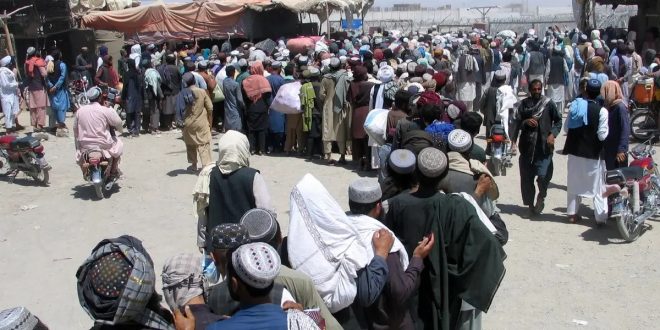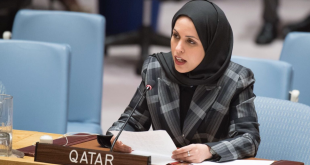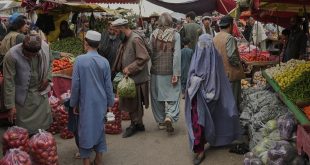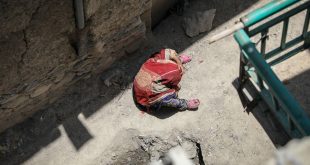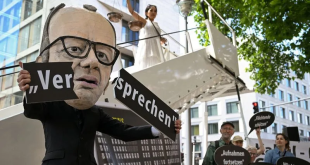AT News
KABUL – Incidents of indiscriminate violence against Afghan migrants in Iran have raised serious concerns about the escalating maltreatment of Afghans in the country. Several instances of violence have come to light on social media, underlining the pressing issue.
In a disturbing incident on October 6, a large crowd of Iranians gathered for a protest rally outside the local council’s office in Eghbaliyeh, a town in Qazvin Province, with some wielding sticks and chanting for the expulsion of Afghans from Iran. Social media footage also showed a group of mainly young individuals attacking the homes of Afghan residents in the town, throwing stones at their windows.
Local police officials, including Brigadier General Ali Ebrahimi, reported the arrest of nineteen individuals in connection with the violence. However, social media users claim that several Afghans were injured during the attacks and that the police failed to protect the Afghan residents’ homes.
In a video received by Iran International TV on October 7, two Afghan teenagers were seen being treated at a Tehran hospital after being allegedly attacked and wounded with knives. Another young Afghan man at the same hospital claimed he was also stabbed. The narrator of the video pointed fingers at the Islamic Republic, accusing it of allowing the mistreatment of Afghans and citing numerous similar attacks on Afghan immigrants.
Another distressing video on social media showed several Iranians assaulting a young Afghan man in Sanandaj, the capital of the western province of Kurdistan. The attacker, armed with a saber, demanded that the Afghan man declare he would never return to Sanandaj.
The recent surge in anti-Afghan sentiments on social media and acts of violence against Afghan immigrants has prompted political rivals to criticize the government’s “open borders” policy. Critics and hardliners are at odds over the government’s lenient approach to Afghan immigration, which was initiated two years ago when the Taliban formed a government in neighboring Afghanistan. Some critics accuse the authorities of actively encouraging Afghan immigration, citing incentives like subsidized energy and food. They speculate this is an attempt to address the issue of population decline or even to bolster the military by recruiting young Shiite Hazara Afghans.
The Revolutionary Guards-linked Fars news agency has alleged the involvement of a “shadowy political group” seeking to provoke tension between the Islamic Republic and the Taliban by raising concerns about the increasing Afghan population in Iran since the Taliban’s takeover in Afghanistan.
Prominent politicians like Heshmatollah Falahatpisheh, a former conservative lawmaker and chairman of the parliament’s foreign policy and national security committee, have repeatedly warned of security problems arising from increased Afghan immigration. He suggests the presence of a “mafia” benefiting financially from Afghan immigration, which he claims poses a serious threat to Iran’s national security and interests, particularly along the eastern borders where trafficking of commodities, narcotics, humans, and fuel has intertwined interests.
The situation remains a cause for concern as the government grapples with the complex challenges associated with Afghan migration.
 Afghanistan Times
Afghanistan Times
